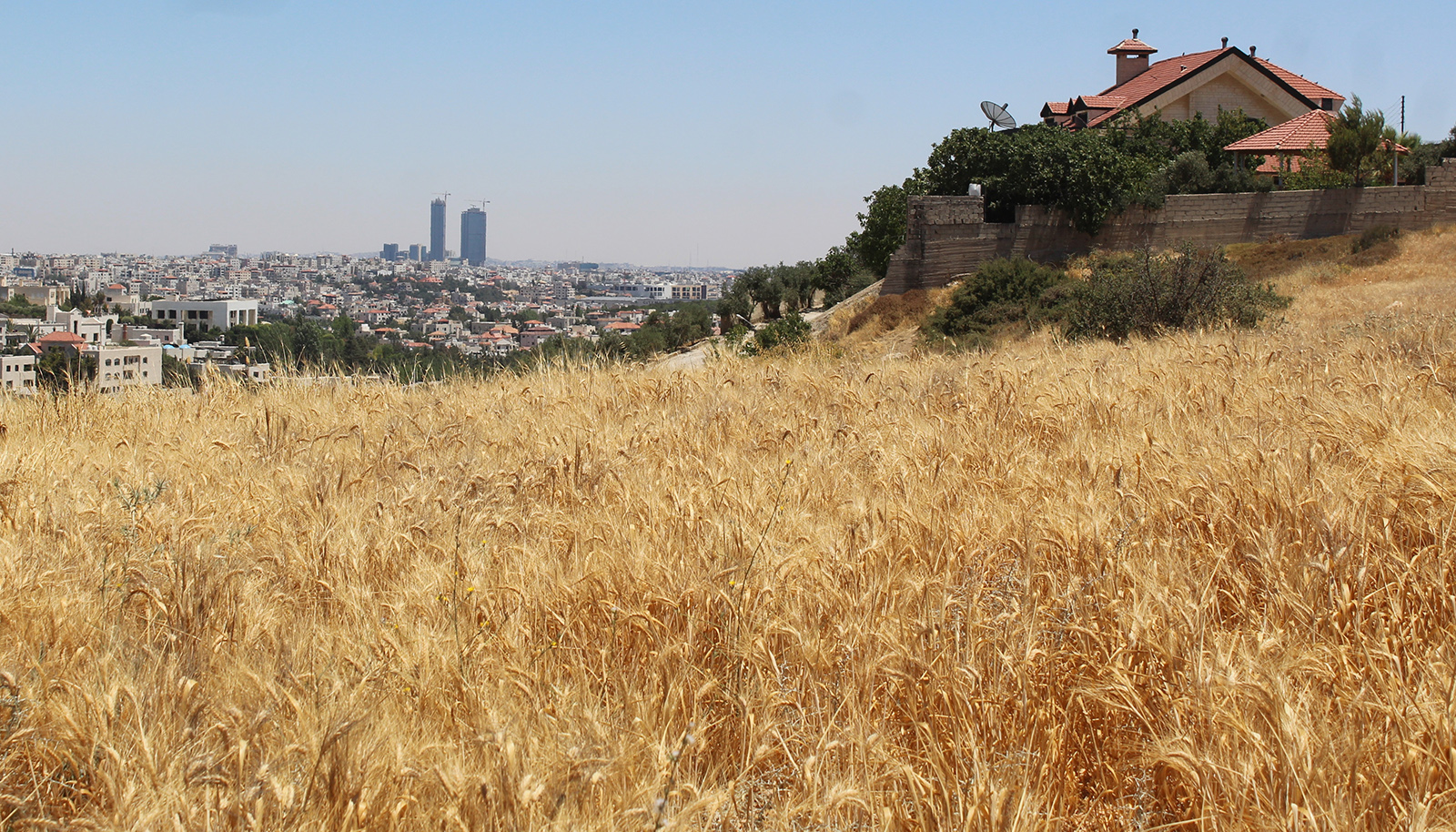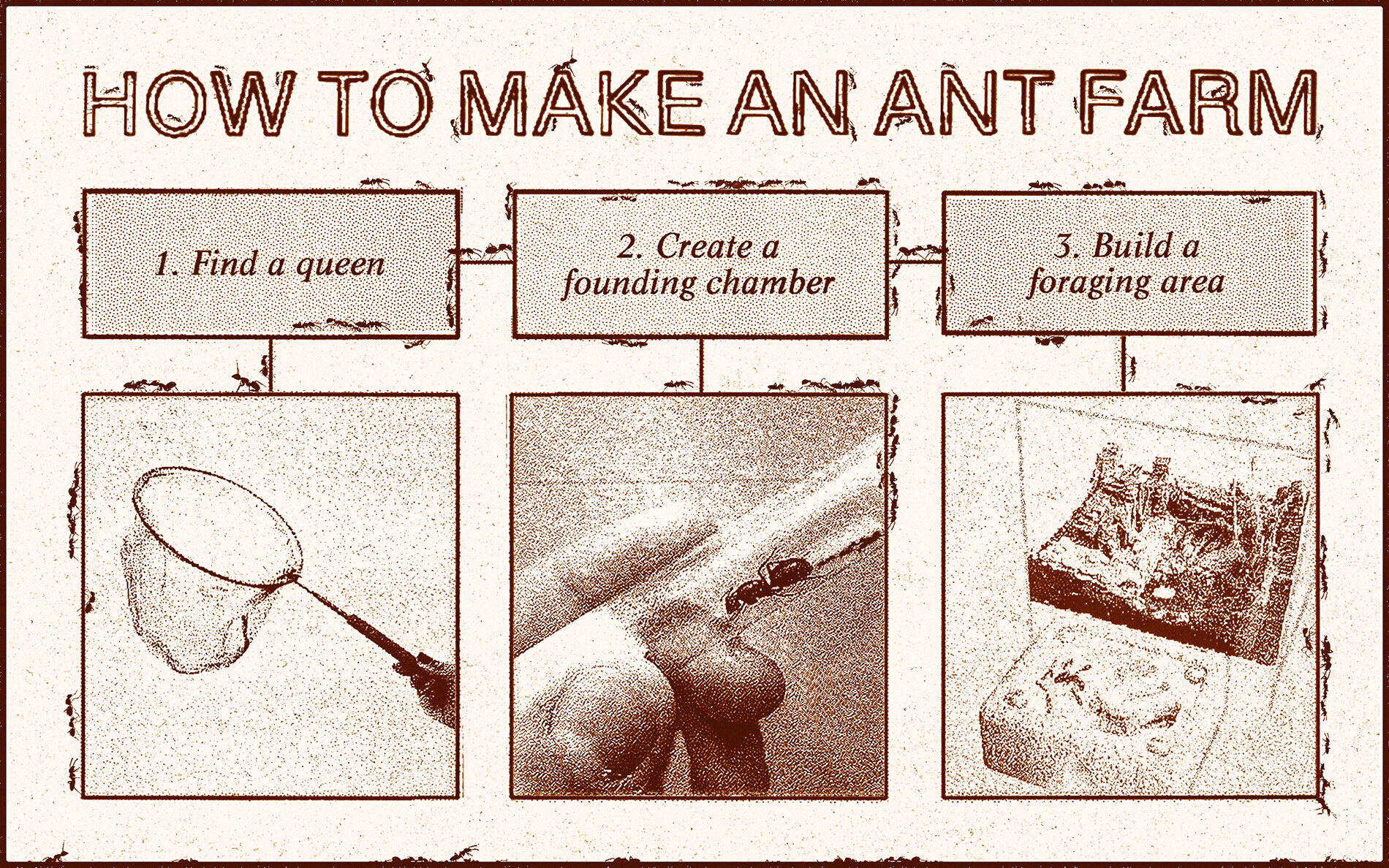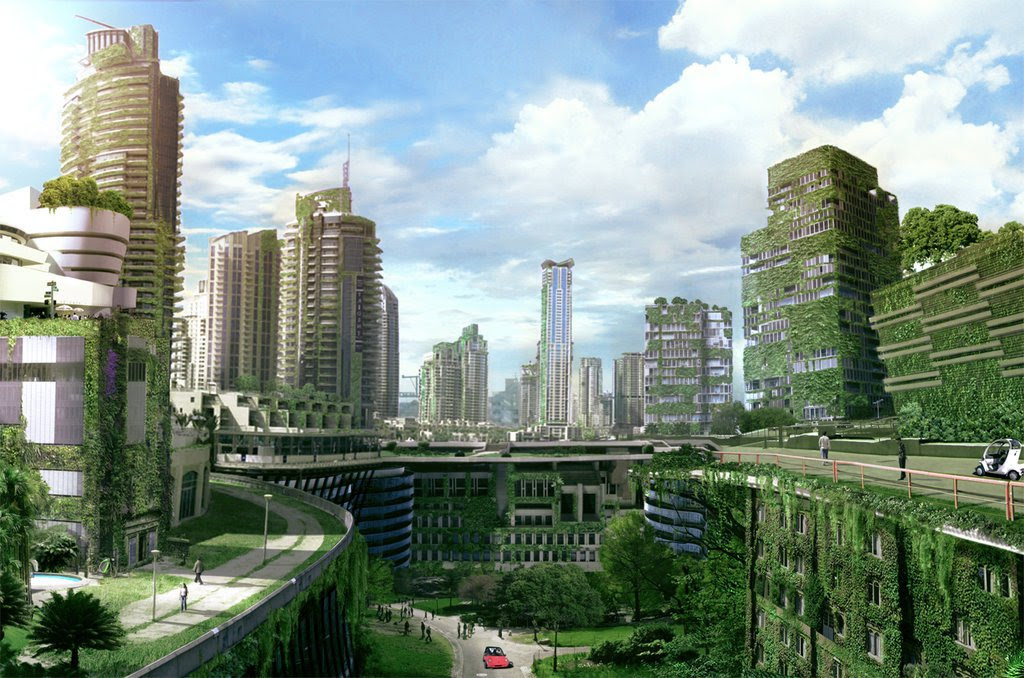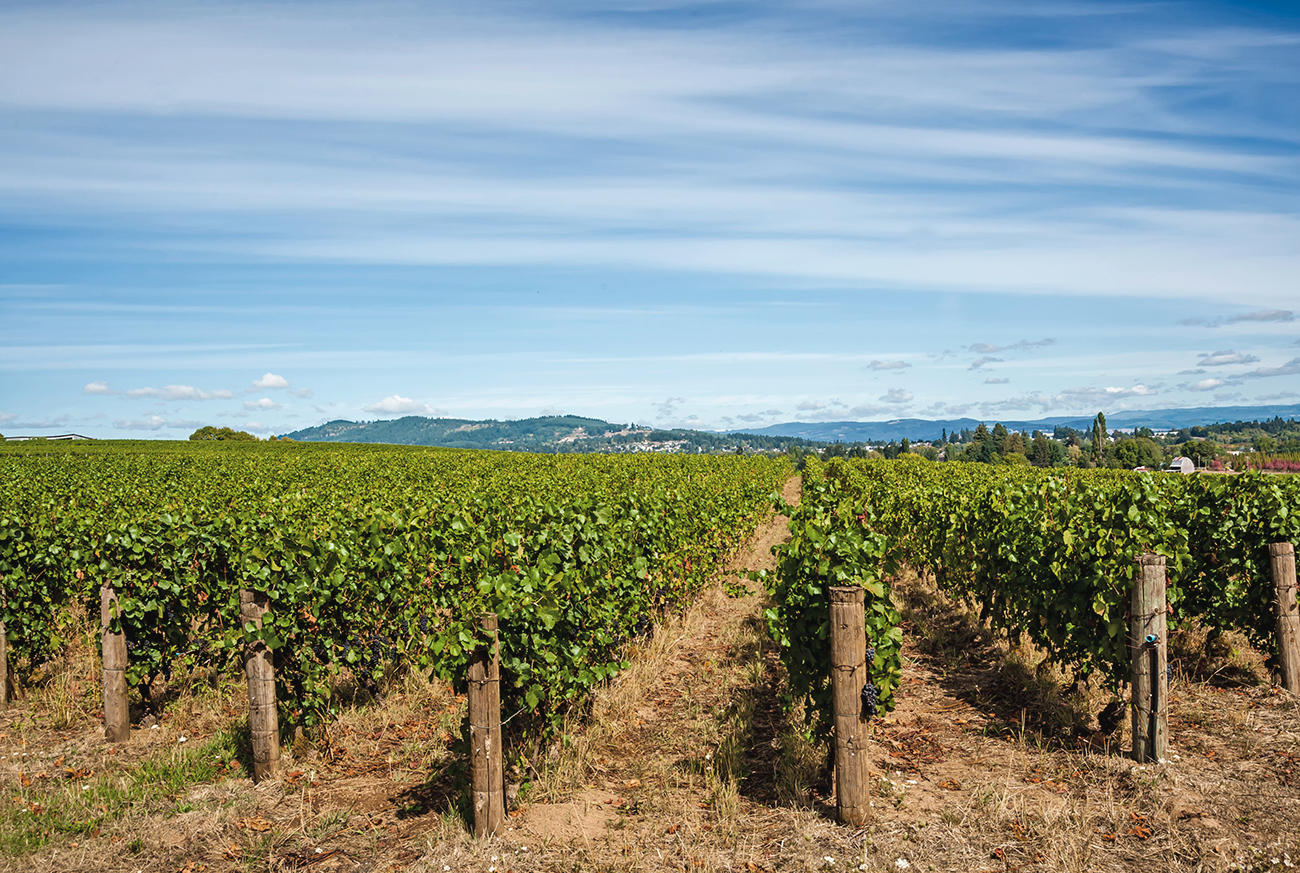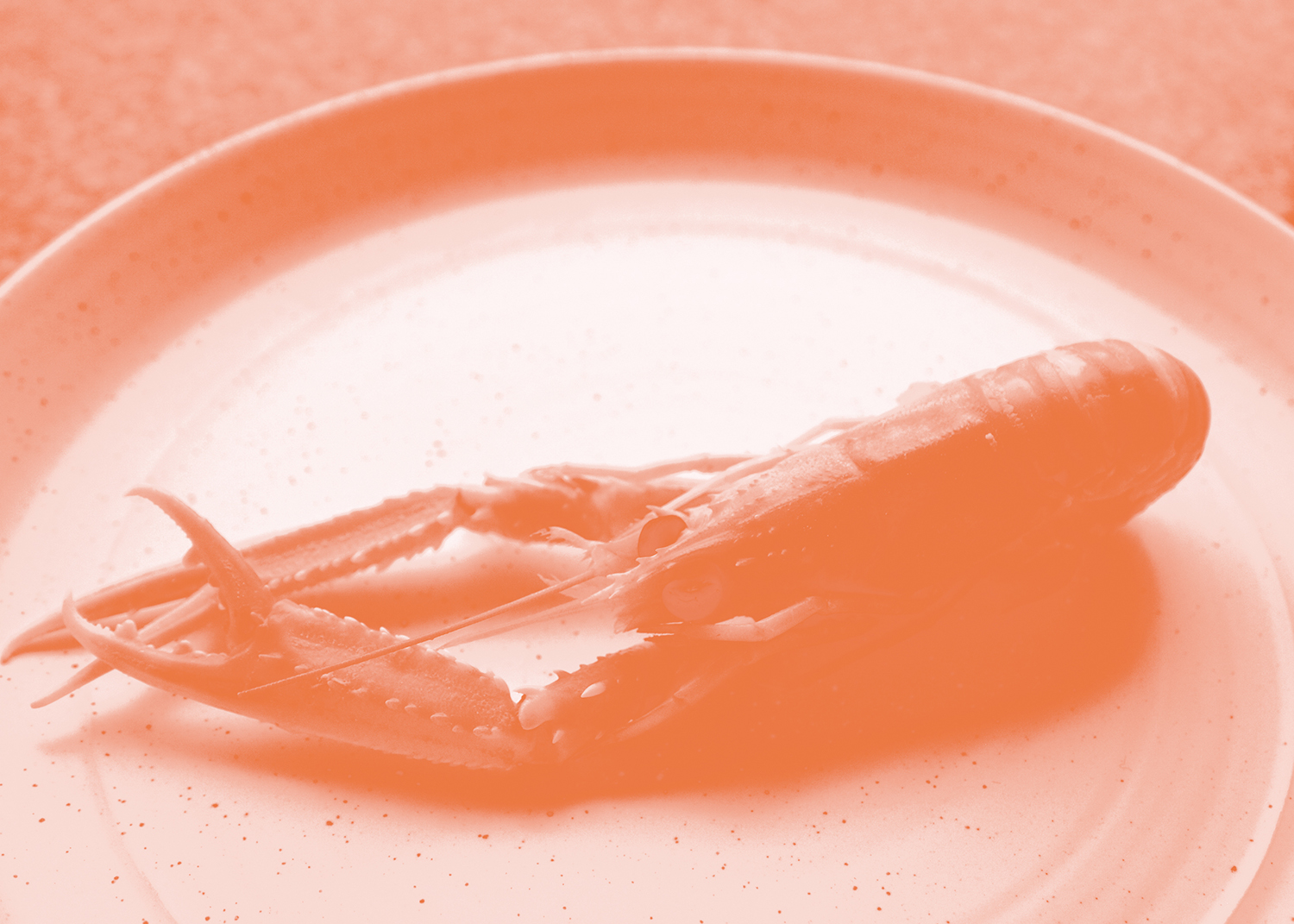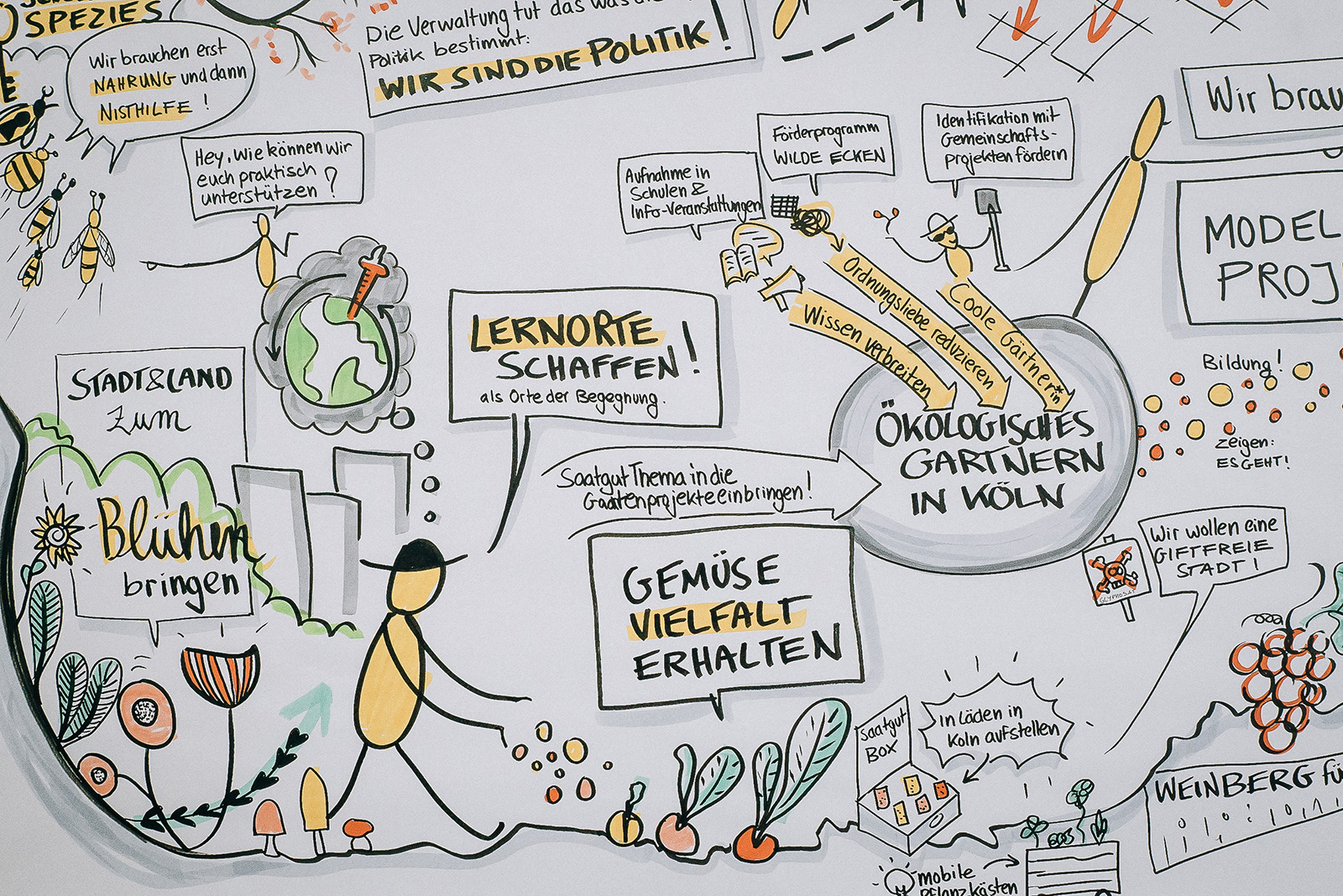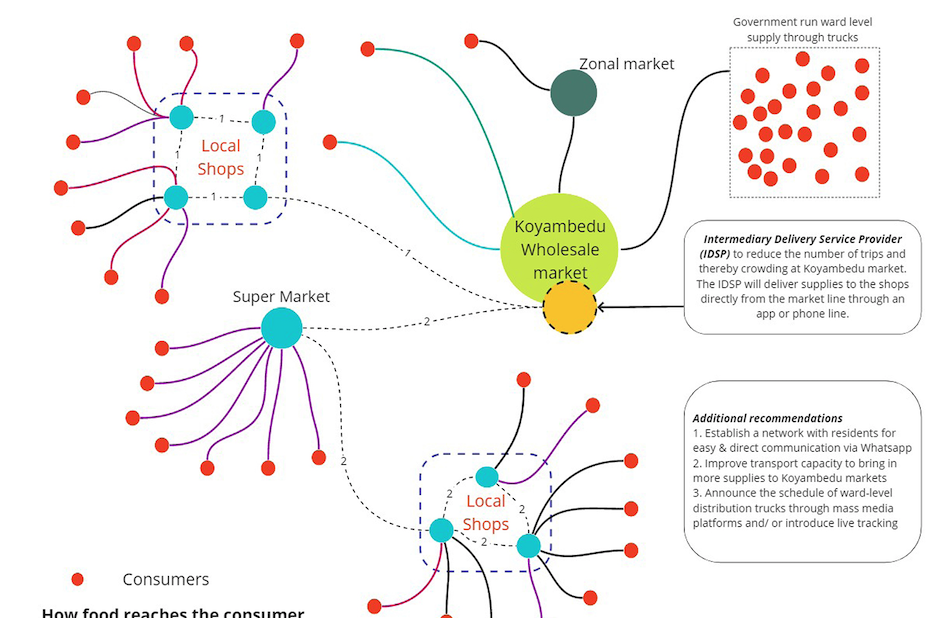The AgTech Insider is MOLD’s monthly short list of potential applications of emerging technology and new business models in agriculture. Signup for the AgTech Insider Newsletter today.

Robotics: The $10M ANA Avatar XPRIZE
What is it: While normally I focus on specific technologies, this was too cool to pass up. The XPRIZE Foundation—which develops incentive prize competitions to solve global grand challenges—has launched the Avatar XPRIZE, with a $10 million dollar prize sponsored by Japanese airline ANA. As stated on their website, “the winning team…will combine state-of-the-art technologies to demonstrate a robotic avatar that allows an untrained operator to complete a diverse series of tasks, from simple to complex, in a physical environment at least 100km away.”
How it can help agriculture: In the era of precision agriculture and on-farm robotics, there are a ton of exciting tools and technologies making very specific farming tasks more manageable and affordable. However, the more complex tasks still require heavy human input. Having more accessible avatars in agriculture to do said tasks could be a really big deal. For example, a farmer could use an avatar when she wants to check on something specific in the field while off-site or, more likely, the avator could be used by that farmer’s tech-savvy son who is trying to get out of manual labor. (via XPRIZE)

Robotics: Scan Thy Fields, Share Thy Yield
What is it: For the last few months, Walmart has been using shelf-scanning robots to run thru its aisles with cameras that then can update inventory systems, notify management which items are selling well, alert employees to misplaced items, and a host of other actions.
How it can help agriculture: Many farmers face the predicament of how much input (fertilizer, mainly) to apply to their crops to ensure the best yield. For nut and fruit crops that require pollination, there is a strong correlation between how many flowers are on the tree during the bloom time (now) and the yield during harvest (late summer/fall). If a farmer could get a smart scan of the trees with an agricultural version of the shelf scanner (of course made rugged for muddy farm terrain), that would then give them accurate insight into the potential yield. Farmers could take this data and potentially act more effectively in planning finances, making purchases, etc. in order to ensure the highest possible yield given the status of their trees. With all the recent rain in California knocking blooms off trees ready to be pollinated, this could be of real use this year. (via MIT Tech Review)

Sensors: LMK When the Rubber Hits the Road
What is it: Duke University-founded startup Tyrata, Inc. has created a “flexible, printed sensor that accurately measures tire wear in real time,” which could then send a warning to drivers when the tread on their tires is dangerously thin, or if there has been some sort of breach. The sensors are made with carbon nanotube ink, and “can spot millimeter-level changes in tire tread with 99 percent accuracy.”
How it can help agriculture: Beyond the clear benefit of applying this to tractors and other rubber-wheeled devices in agriculture, the concept of measuring real time wear and tear could be applied to a number of cases: imagine applying this to livestock corral siding and being able to detect potentially irregular behavior from livestock rubbing up against metal in weird locations. Maybe that is a stretch, but possibly this could be applied to tree and vine trunks to understand if there is unnecessarily rough damage occurring to them from outside elements, giving farmers time to act before it is too late. (via IEEE)

Synthetic Biology: Putting the Mice in Cat-N-Mouse
What is it: A company called Wild Earth is developing slaughter-free pet food by developing proteins manufactured in a lab. One of the first of its kind, they are launching a dog kibble made from living cells this spring, and in the coming 1-2 years, plan to launch a cat food made with real mouse meat but no actual mice. As the article explains, “The meat will be grown by propagating mouse muscle cells in the lab.”
How it can help agriculture: Certainly, there are a handful of wise entrepreneurs already working on developing solutions to cut down on the resources needed to create animal feed (i.e. Google “cricket-based feed for chickens” as one example), but that still requires producing feed through the rearing of some plant, insect or utilizing other protein by-products. However, the idea that lab-grown meats can alleviate some of the environmental pressure animal feed has on the earth could be a major leap forward for us all, whether for pets or cattle, sheep, swine or poultry. What is even more exciting is the prospect that these lab grown alternatives could be done in rural areas, where the animal rearing happens, thus bringing new economic opportunities to new places. Keep an eye on this space, as it isn’t going away. (via Medium)



